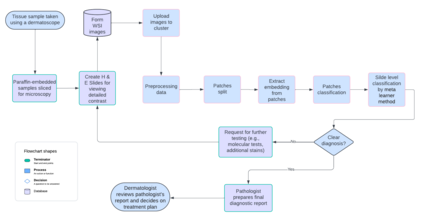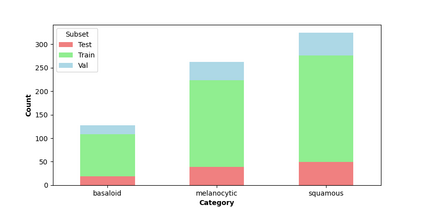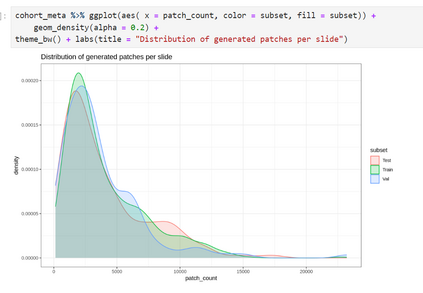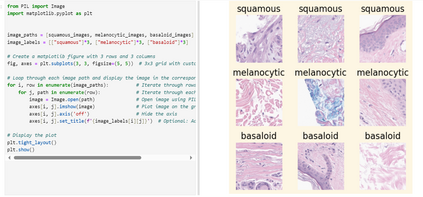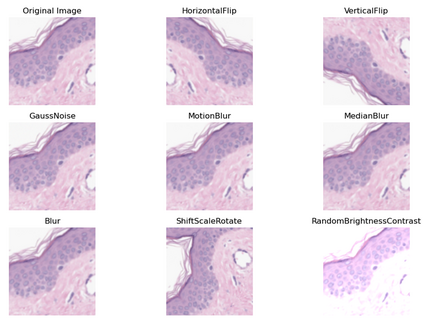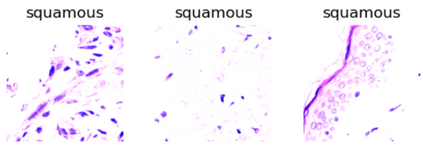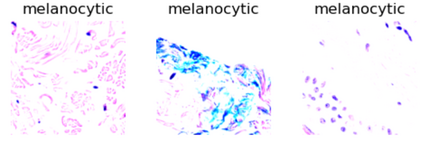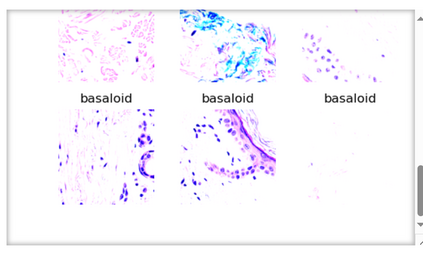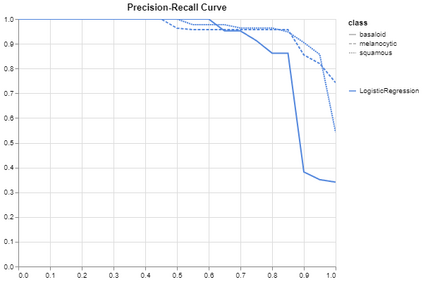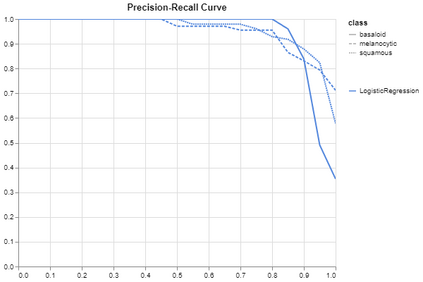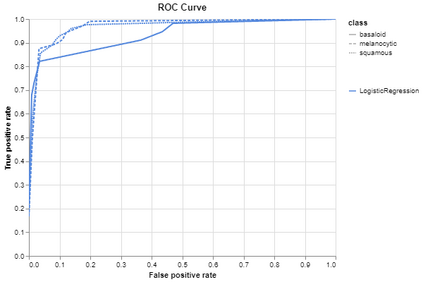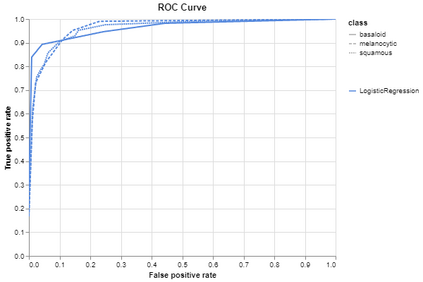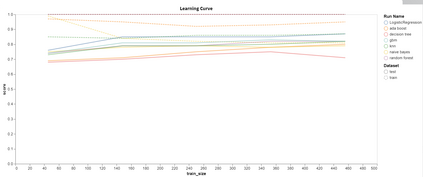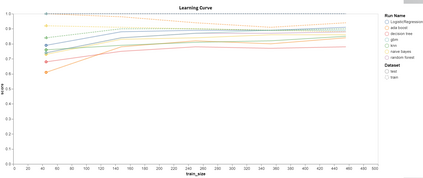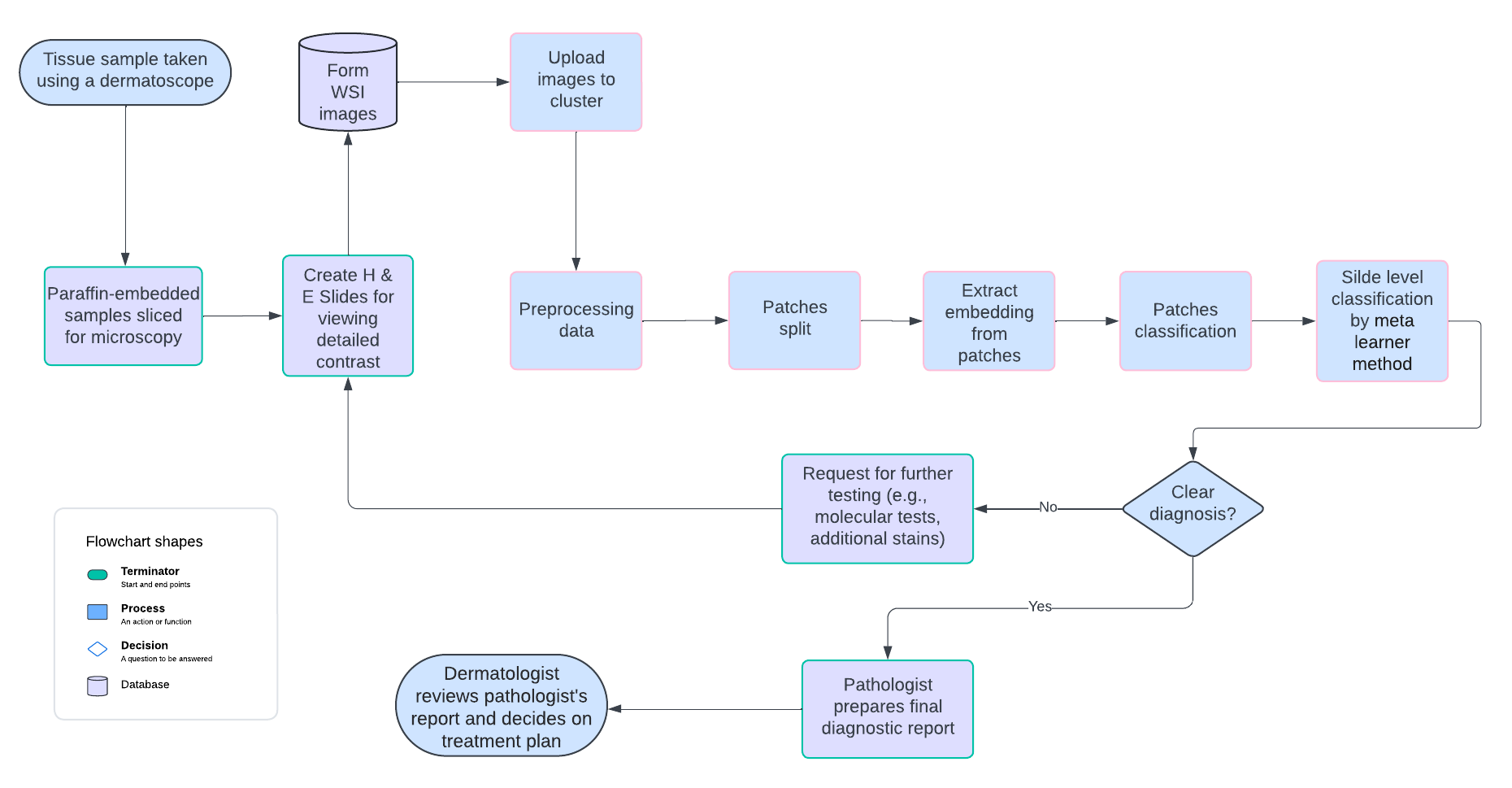The rapid generation of whole-slide images (WSIs) in dermatopathology necessitates automated methods for efficient processing and accurate classification. This study evaluates the performance of two foundation models, UNI and Virchow2, as feature extractors for classifying WSIs into three diagnostic categories: melanocytic, basaloid, and squamous lesions. Patch-level embeddings were aggregated into slide-level features using a mean-aggregation strategy and subsequently used to train multiple machine learning classifiers, including logistic regression, gradient-boosted trees, and random forest models. Performance was assessed using precision, recall, true positive rate, false positive rate, and the area under the receiver operating characteristic curve (AUROC) on the test set. Results demonstrate that patch-level features extracted using Virchow2 outperformed those extracted via UNI across most slide-level classifiers, with logistic regression achieving the highest accuracy (90%) for Virchow2, though the difference was not statistically significant. The study also explored data augmentation techniques and image normalization to enhance model robustness and generalizability. The mean-aggregation approach provided reliable slide-level feature representations. All experimental results and metrics were tracked and visualized using WandB.ai, facilitating reproducibility and interpretability. This research highlights the potential of foundation models for automated WSI classification, providing a scalable and effective approach for dermatopathological diagnosis while paving the way for future advancements in slide-level representation learning.
翻译:暂无翻译

